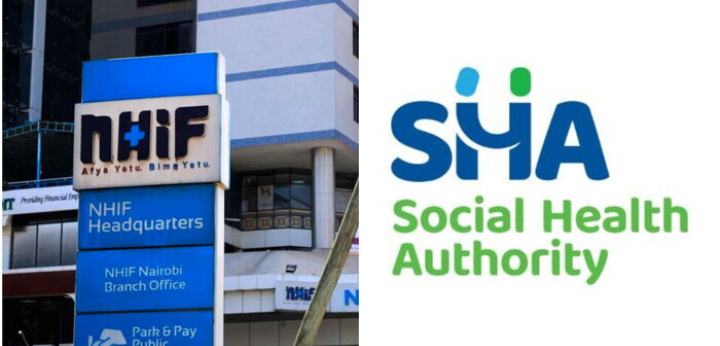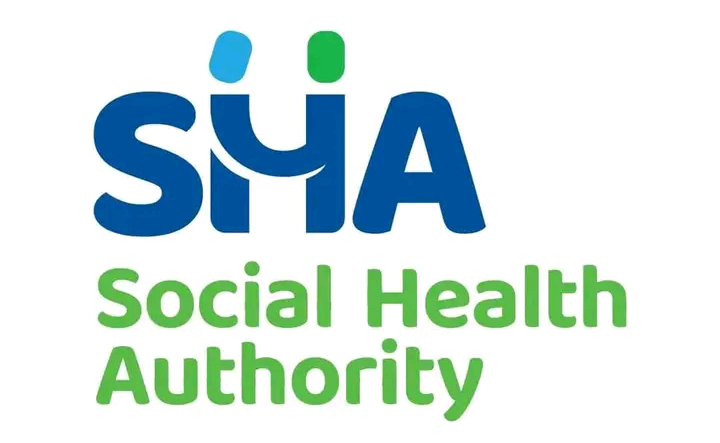Below, we look at 3 main cons of rebranding the Health Insurance Fund.
Health insurance funds, in a basic sense, lower the cost of healthcare for the targeted population by pooling resources from a large group of beneficiaries. Private providers operate alongside government institutions, guided by various laws. The Kenyan National Health Insurance Fund (NHIF), established in 1966, is set to be replaced by the Social Health Insurance Fund (SHIF) in 2024. Many express concerns over whether it is prudent for new governments to overhaul or completely rebrand existing institutions as a solution to their shortcomings. Stakeholders argue that the government should instead pursue simpler, continuous, and compounding improvements.

1. Imminent Constitutional Roadblocks in Implementation
A 3-judge bench of the High Court of Kenya delivered a ruling in July 12, 2024 terming the Fund and associated Act of Parliament unconstitutional. Parliament having 120 days from the date of ruling to address the cited unconstitutionalities.
This is because in the legislative process, the proponents of the Fund mainly failed to:
- Conduct sufficient public participation, as required by the Laws of Kenya.
- Ensure fairness in contributions, overburdening formally employed beneficiaries by imposing a mandatory 2.75% deduction from their salaries; regardless of the proposed benefits limitations in the fund’s implementation.
- Consider the role of county governments in the provision of healthcare.
Considering the false start, scarcity of resources, flawed legislative processes by recent regimes; and an operational NHIF, it remains doubtful whether SHIF will bring about any significant improvements to healthcare provision in Kenya.
2. More Expensive Cover and Packages but Similar or Lower Benefits
Benefits such as the free Linda Mama maternity cover available under the NHIF had initially been abolished under SHIF.
The new fund would have required everyone to register as a member to receive the associated services. This would lock out many pregnant women and newborns from underprivileged backgrounds from accessing basic healthcare during birth. Linda Mama is now incorporated into SHIF following public outcry.
Optical services and consultation for eyeglasses. This is capped at KES 935 per visit, with beneficiaries limited to under 18 years. This situation mirrors that under NHIF and does not improve or change access to affordable healthcare services for all. It however comes with a higher mandatory contribution for the contributors and sponsors of such beneficiaries.
3. Spending Resources on Rebranding Instead of Improving Systems and Services
In order for the new fund to become operational, a significant amount of resources will go into rebranding offices, equipment, stationery, amongst other things. New systems will also need to be procured to facilitate the migration of NHIF’s existing databases and user information. Resources will be needed for employees and users’ training and for awareness creation.
Incase of any hitches in the transfer of user data and information during the transition, additional resources will definitely be required to troubleshoot and re-onboard people.
It can be argued that the rebranding in itself will not solve the issues challenging the country’s healthcare system. Like corruption.
Nevertheless, nothing stops the next regime from reversing or undertaking a similar rebranding mission when they come into office.
Given Kenya’s scarce resources, wouldn’t it be a better idea for governments to find and implement sustainable solutions within existing institutions?
Please share your thoughts with City Digest in the comments below.



